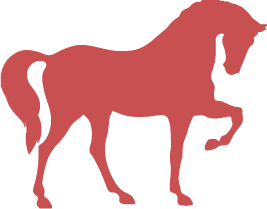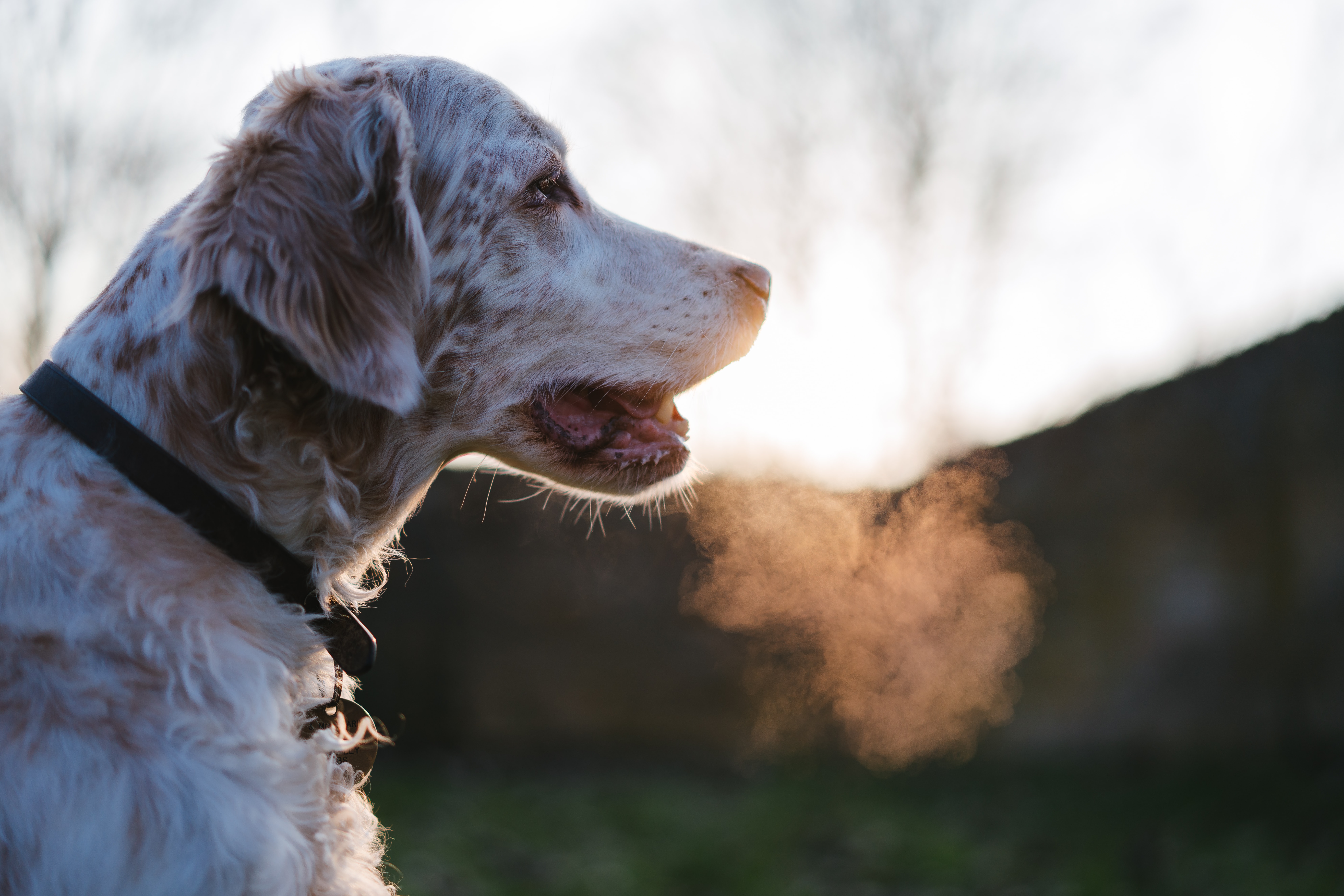CAN HENS HANDLE THE HEAT?
Courtesy Barastoc Poultry How chooks stay comfortable in summer. As the days and nights heat up, you may notice your chickens become unsettled…
Free Delivery when you spend $49 or more. (Weight Limits Apply – view more)
 Dog
Dog

Shop Tuckers great range of dog food, health care & wellness products today. Delivered or Click & Collect.
 Cat
Cat

Tuckers has a great range of cat food, health care & litter products for your beloved cat. Shop now.
 Horse
Horse

Tuckers carry a huge range of food, supplements, health care, hoof care and grooming accessories. Shop now.
 Chook/Bird
Chook/Bird

Tuckers range of food, accessories & health care products will keep your chooks & birds happy and healthy.
 Small Animal
Small Animal

Shop food and health care products for your little mates @ Tuckers. Delivered or Click & Collect.
 Farm/Garden
Farm/Garden

Tuckers carry a wide range of sheep & cattle products, plus everything you’ll need around the farm or garden.
 Dog
Dog

Shop Tuckers great range of dog food, health care & wellness products today. Delivered or Click & Collect.
 Cat
Cat

Tuckers has a great range of cat food, health care & litter products for your beloved cat. Shop now.
 Horse
Horse

Tuckers carry a huge range of food, supplements, health care, hoof care and grooming accessories. Shop now.
 Chook/Bird
Chook/Bird

Tuckers range of food, accessories & health care products will keep your chooks & birds happy and healthy.
 Small Animal
Small Animal

Shop food and health care products for your little mates @ Tuckers. Delivered or Click & Collect.
 Farm/Garden
Farm/Garden

Tuckers carry a wide range of sheep & cattle products, plus everything you’ll need around the farm or garden.

Take a look inside of a dog’s mouth and find out
Dental disease is the most common disease seen in veterinary medicine, 80% of dogs and 70% of cats over the age of 3 suffer from dental disease1.
2 out of 3 dogs have halitosis2 (bad breath). Does your dog or cat have bad breath? This is often the first sign of a problem – but it can be prevented.
As with human teeth, residual food, bacteria and calcium deposits form plaque and tartar on pets’ teeth, with painful and sometimes harmful results.
Failure to address the problem can result in bacteria being carried into the animal’s bloodstream, resulting in severe or even fatal complications. Your pets’ dental hygiene is an important part of their wellbeing.
There are numerous symptoms of dental disease in both dogs and cats.
Daily home care is the key in preventing dental disease and bad breath, there are a number of ways of doing this using a combination of:
Prevent dental diseases and don’t risk your pet’s health – get a dental check-up at your next vet visit, and be sure to look after your pet’s teeth daily.
Article courtesy of Virbac Australia.
Entire range - quick and secure delivery
Buy securely online and pickup at your local store
Call your local store and come on down to pickup
© 2025 Tuckers Pet & Produce.
